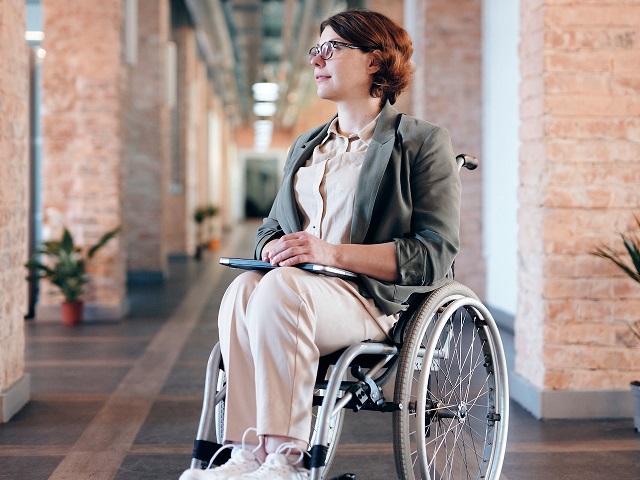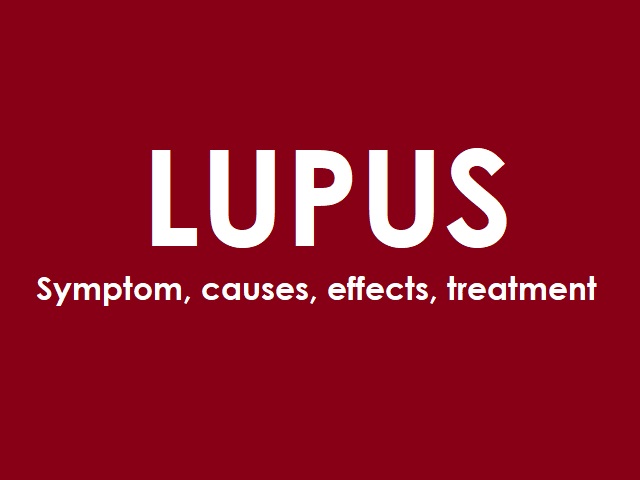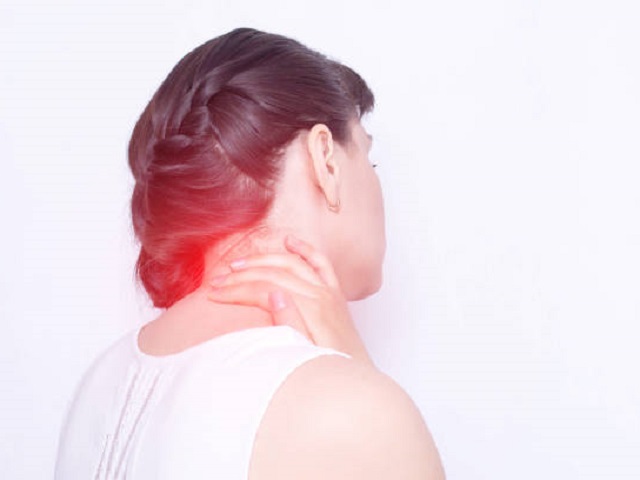7 Signs You May Have Amyotrophic Lateral Sclerosis -- Symptoms, Causes, Effects, Treatment and Prevention
Amyotrophic lateral sclerosis (ALS), also known as Lou Gehrig's disease, is a progressive neurodegenerative disorder that affects nerve cells responsible for controlling voluntary muscles. ALS leads to the gradual loss of muscle function, including those involved in speech, swallowing, and movement.
Symptoms of ALS:
The symptoms of ALS can vary, but commonly include:
- Muscle weakness, usually starting in the hands or feet and gradually spreading to other parts of the body
- Muscle cramps and twitches (fasciculations)
- Difficulty speaking, swallowing, and breathing
- Slurred speech and changes in voice
- Muscle stiffness and spasticity
- Weight loss and muscle wasting
- Fatigue and loss of coordination
Diagnosis of ALS:
Diagnosing ALS involves a comprehensive evaluation by a neurologist and may include:
- A thorough medical history and physical examination
- Electromyography (EMG) to assess electrical activity in the muscles
- Nerve conduction studies (NCS) to evaluate nerve function
- Imaging tests, such as magnetic resonance imaging (MRI), to rule out other conditions
- Laboratory tests to rule out other potential causes of symptoms
Causes of ALS:
The exact cause of ALS is unknown in most cases, but it is believed to involve a combination of genetic and environmental factors. In some instances, ALS can be inherited due to mutations in certain genes, but the majority of cases occur sporadically without a clear genetic link. Environmental factors, such as exposure to toxins or certain viruses, may also contribute to the development of ALS.
Effects of ALS:
ALS progressively affects the motor neurons, leading to a loss of muscle control and function. Over time, individuals with ALS may experience:
- Difficulty with daily activities, such as eating, dressing, and bathing
- Complete paralysis and the need for assistive devices, such as wheelchairs
- Respiratory difficulties and the need for respiratory support
- Communication challenges due to speech and swallowing problems
- Emotional and psychological impact, including depression and anxiety
Treatment and Prevention of ALS:
Currently, there is no cure for ALS, and treatment aims to manage symptoms and improve quality of life. Treatment approaches may include:
- Medications, such as riluzole and edaravone, to slow disease progression
- Physical therapy, occupational therapy, and speech therapy to maintain muscle function and improve communication
- Assistive devices, such as braces, wheelchairs, and communication aids, to enhance mobility and communication
- Nutritional support to prevent malnutrition and maintain optimal weight
- Palliative care and support to address the physical, emotional, and psychological needs of individuals with ALS
References:
National Institute of Neurological Disorders and Stroke. (2019). Amyotrophic Lateral Sclerosis (ALS) Fact Sheet. Retrieved from https://www.ninds.nih.gov/Disorders/Patient-Caregiver-Education/Fact-Sheets/Amyotrophic-Lateral-Sclerosis-ALS-Fact-Sheet
Mayo Clinic. (2021). Amyotrophic Lateral Sclerosis (ALS). Retrieved from https://www.mayoclinic.org/diseases-conditions/amyotrophic-lateral-sclerosis/symptoms-causes/syc-20354022














